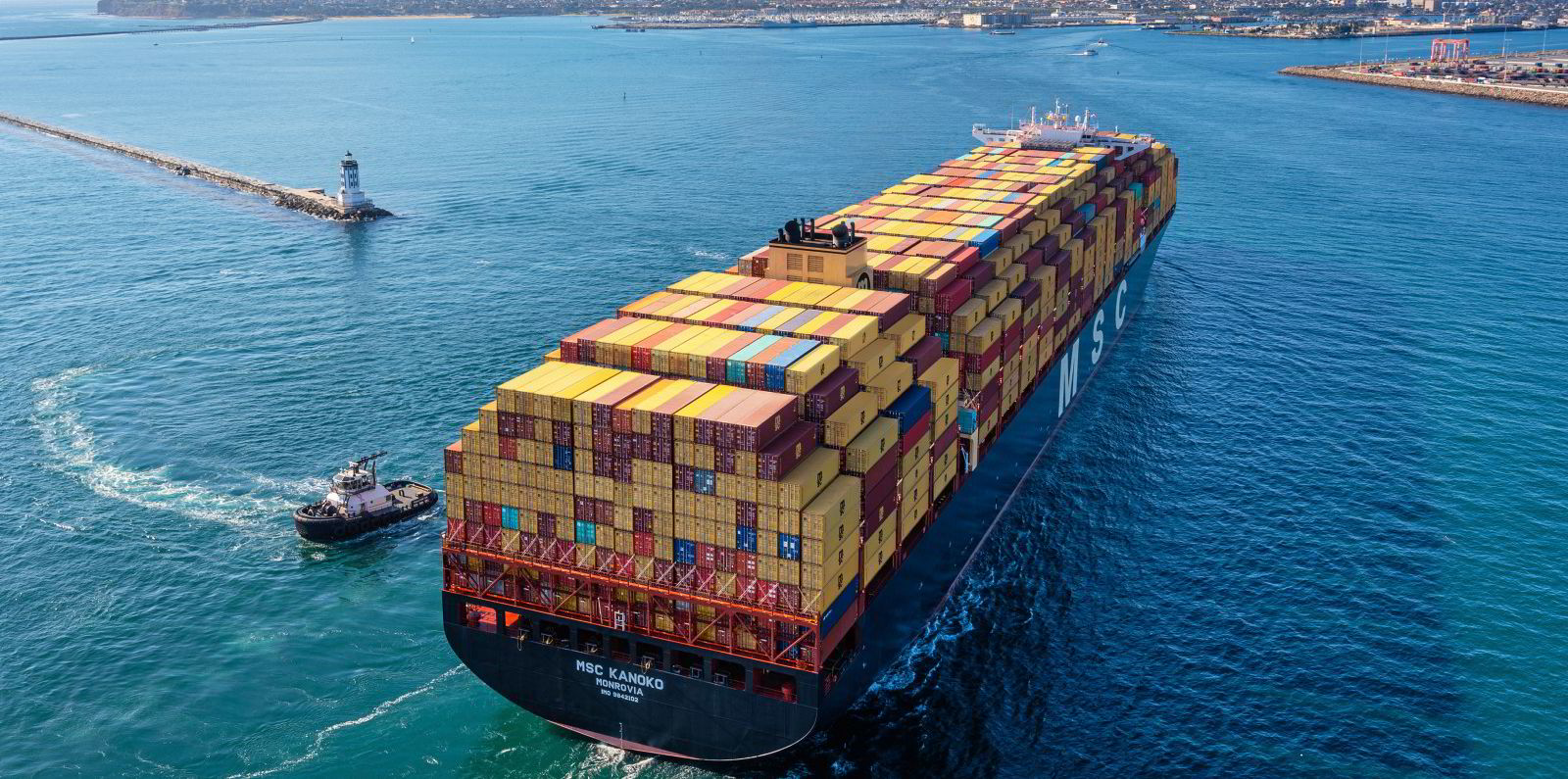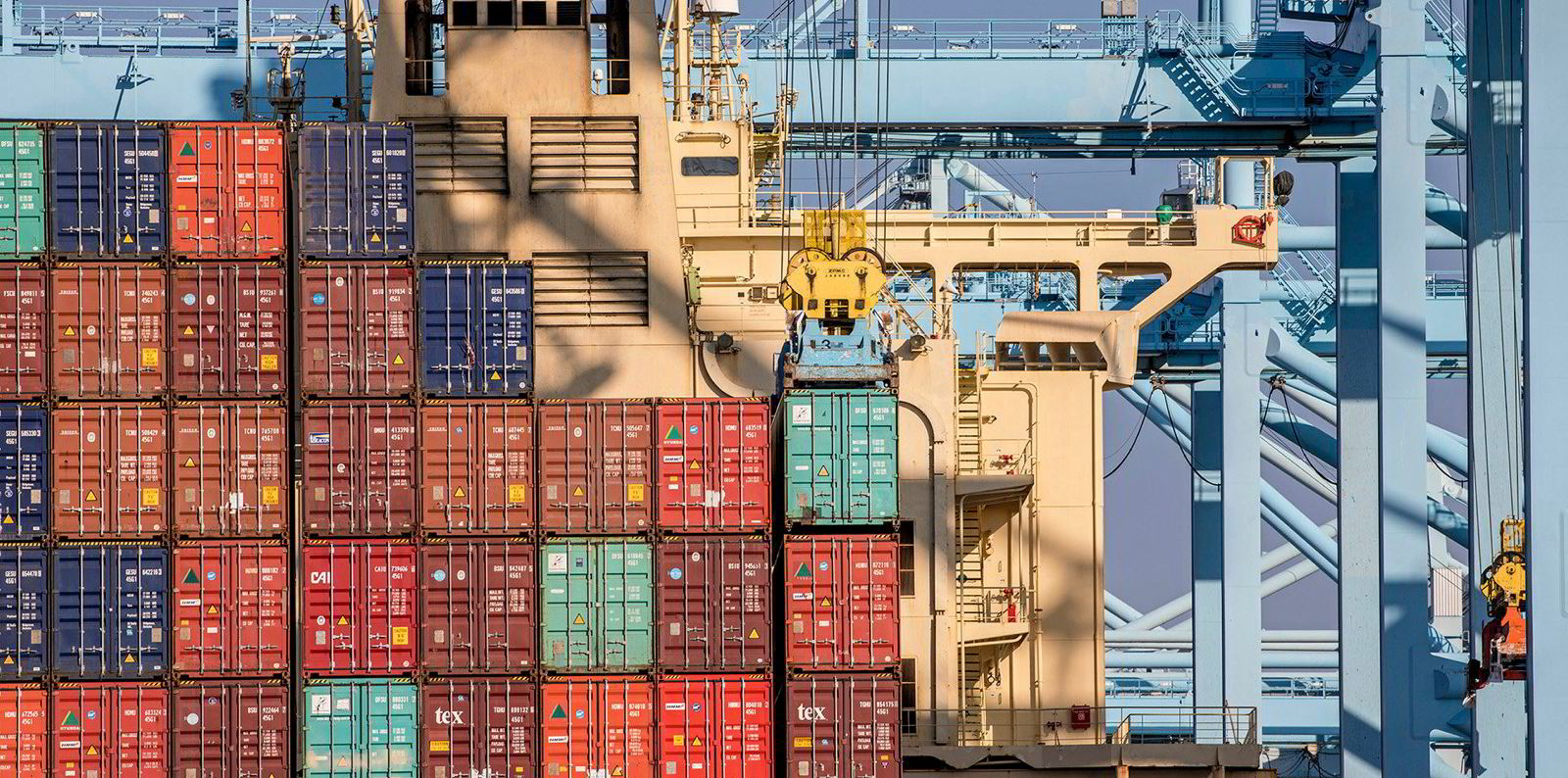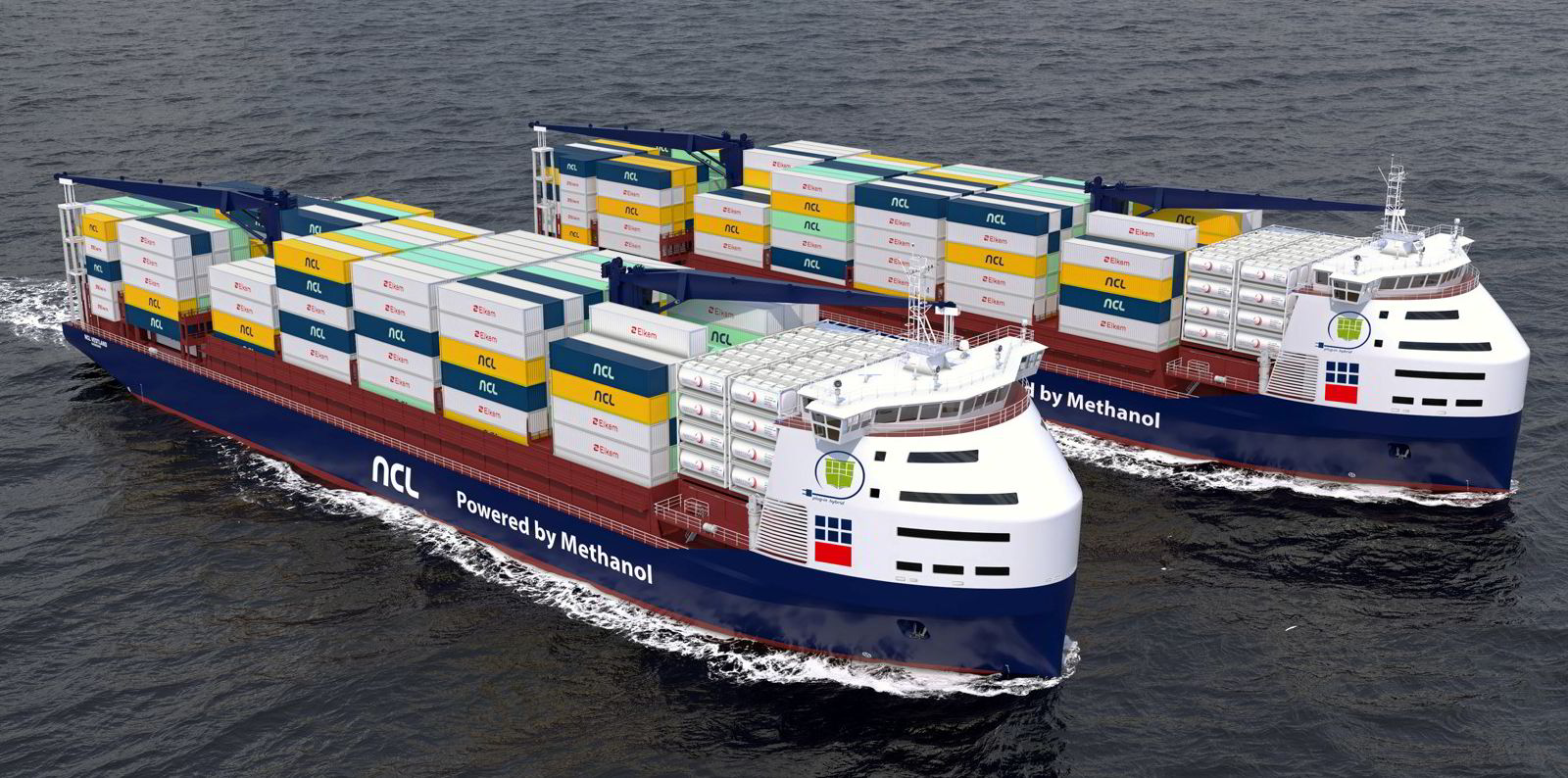Container charter and secondhand markets are trending downwards amid growing carriers’ concerns over overcapacity.
Markets choked this week after liner operators lost their appetite to commit to long-term fixtures in the face of ongoing uncertainty.
Potential buyers were also backing out of deals to buy secondhand ships at what they considered today’s elevated prices, according to several broking sources.
That is adding to pressure on asset values and charter rates, which have for several weeks resisted the gravitational pull of container freight rates.
Brokers say that fewer ships are being fixed, and the handful of deals reflect sharp falls and shorter periods.
The Leonhardt & Blumberg-controlled, 1,700-teu Hansa Steinburg (built 2010) was fixed with Chinese operator Taicang Container Lines for three months at a reported rate of $70,000 per day.
That is a hefty $20,000-per-day drop compared with the $90,000 per day that the German-managed vessel secured in March for a two-month fixture with RifLine of Italy.
The fall in charter rates is also affecting secondhand markets, where deals have recently failed on buyers’ subjects, brokers say.
Shift in sentiment
The shift in sentiment comes as the container market hits 25m teu for the first time, according to estimates by shipbroker Braemar.
The container shipping fleet of 5,474 vessels is on track for 4% growth this year, having risen by 3.8% or 925,000 teu in the past 12 months, it added.

But that is nothing compared with what is coming in the next two years, when the fleet will grow in excess of 9%, according to Braemar container analyst Jonathan Roach.
The record figure could top 28m in 2023 and 30.6m in 2024.
About 2.4m teu is scheduled to be delivered next year. However, the full weight of the orderbook is expected in 2024, when an unprecedented 2.9m teu is slated to be delivered.
That will be a consequence of an orderbook reaching 29.8% of the trading fleet, the highest since the end of 2011.
“These numbers will probably transmit some caution to owners and liner companies and the urge for fleet renewal could be dampened as we approach these big years for delivery,” Roach writes.
Resilience
The resilience of the charter market this year could be due to the longer time charter periods that have been agreed over the past 18 months, keeping charter supply tight in 2023, Roach added.
But in recent weeks, the charter market has started to shift to short-term periods, something which is seen as having squeezed potential investment buyers from the sale-and-purchase market.
Last week saw the Chinese-owned 3,000-teu Stonewell Glory (built 2005) fixed with French liner operator CMA CGM for $92,000 per day, said brokers.
The longer-term outlook is less rosy. Talks for tonnage scheduled for delivery in 2023 involve discounts to the prevailing spot market, as well as a discount to last done, said brokers.
After the massive surge of container ship ordering in 2021 — 4.7m teu/608 ships — the momentum in fleet renewal has not lost its energy, according to Braemar.
During the first six months of 2022, a further 2.1m teu comprising 310 ships were added to the orderbook, it added.






